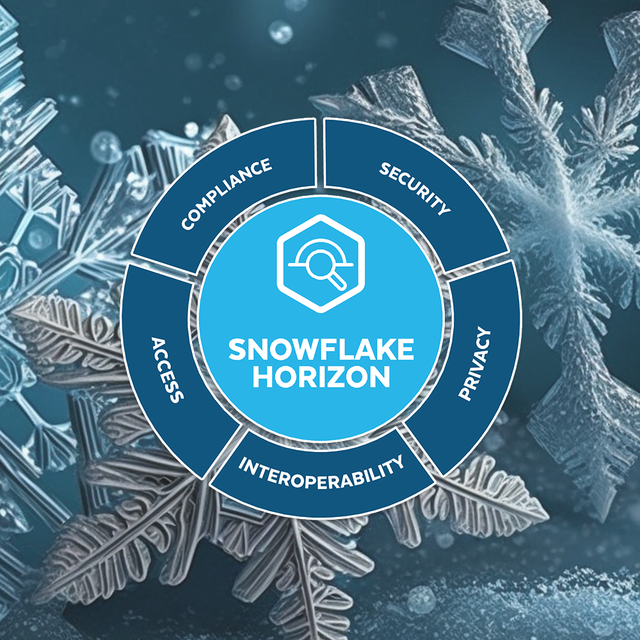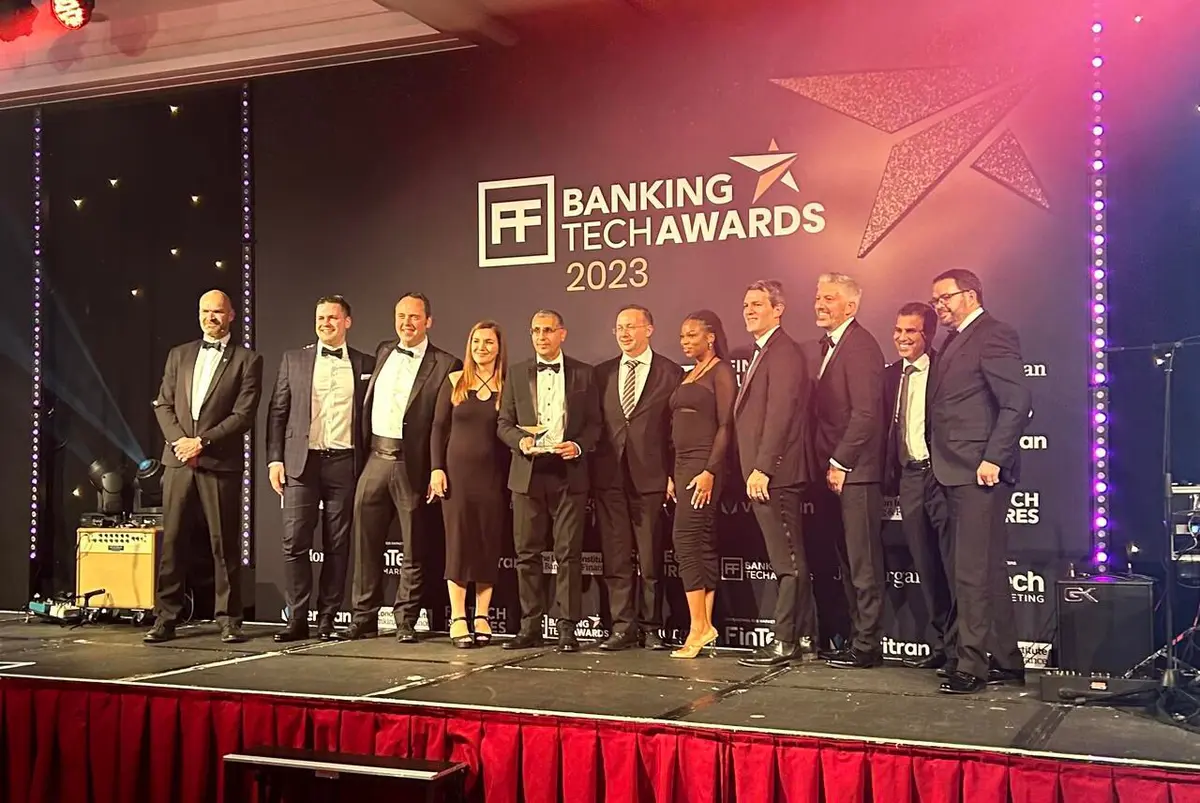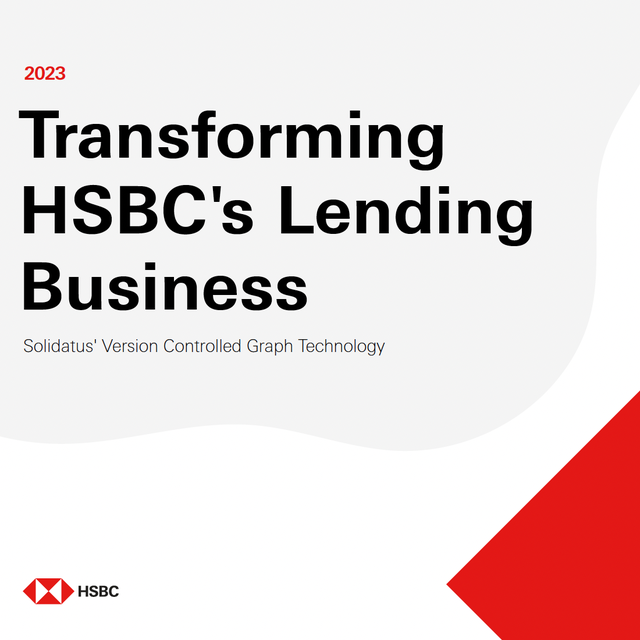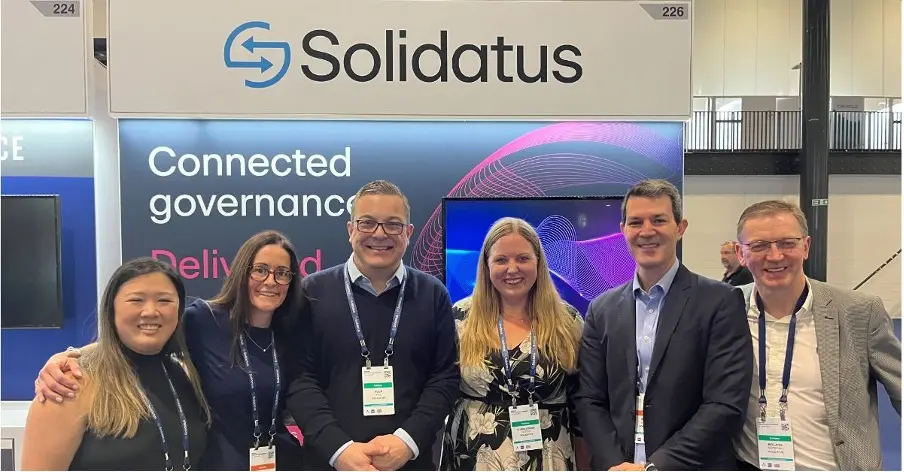Visualize Snowflake Horizon and enhance its impact

What is Snowflake Horizon?
Snowflake Horizon is Snowflake’s built-in governance solution that unifies compliance, security, privacy, interoperability, and access capabilities enabling customers to easily govern data, apps, and more across clouds, teams, partners, and customers.
Find Solidatus on Snowflake Horizon here.
Solidatus and Snowflake Horizon
Solidatus supercharges Snowflake’s governance capabilities with active metadata management and advanced visualization. With an end-to-end blueprint of your data landscape, you can understand its usage, define a control strategy, and make major time and cost savings.
- Enhance data observability
- Boost governance and compliance
- Highlight use of restricted data
- Reduce risk and improve operating efficiency
- Fast-track Snowflake migrations

With Solidatus you can:
Bring all the components of your data fabric into one, unified view
Solidatus’ powerful automation creates data blueprints covering your entire data landscape, including the sources upstream of, within and downstream of your Snowflake instance. By doing this, you can gain a clear vantage point from which to view your data ecosystem, answer the questions that matter most, and carry out strategic change.
Simplify and streamline data asset discovery, mapping, and monitoring in both hybrid multi-cloud and on-premise environments.
- Create dynamic blueprints of a Snowflake instance, illustrating databases, schemas, tables, and views, displaying column-level dependencies and lineage, including between Snowflake databases.
- Boost data governance by integrating Snowflake governance rules such as tags, row access and data masking policies into your data blueprint.
- Derive unique insights by analyzing Snowflake governance rule application to tables, views and columns.
Enhance data security
- Highlight and investigate active Snowflake row access policies on relevant tables, accessing ownership and logic details, and easily visualize dynamic data masking policies across Snowflake databases.
- Rapidly determine if the table you’re using has access restrictions and ensure proper protection for dependent views.
- Identify and govern sensitive data movement across your data landscape, both upstream and downstream from Snowflake.
- Ensure consistent application of security policies across your data supply chain and enhance your data security insight and capability.
Leverage tailored business insights
- Snowflake tags enhance tables and columns with predefined allowable code sets. Solidatus incorporates these allowable values into your data blueprint.
- Easily view all Snowflake tags and their application across Snowflake databases and downstream targets.
- Apply Solidatus rules and filters to your data blueprint to capture additional business insights and identify gaps, issues and exceptions.
Collaborate across teams and automate your audit trail
Solidatus provides a complete audit trail of all changes, automatically maintained and always accessible, with powerful visualization to display all differences along a timeline. Coordinate, control and plan changes throughout your organization regardless of the type of system, the data in use, where it is or who owns it.
Looking to the future
We’ll be enhancing the depth and breadth of Snowflake Horizon by enabling users to:
- Ingest Snowflake roles and visualize access permissions to database objects to improve audit control and governance.
- Automatically categorize semantic and privacy information for most accessed tables – such as PII as Snowflake tags – and visualize them atop their organization’s data blueprint through Snowflake Classification.
- Broaden the scope of our end-to-end data blueprint by directly ingesting Snowpipe data flow information.






















